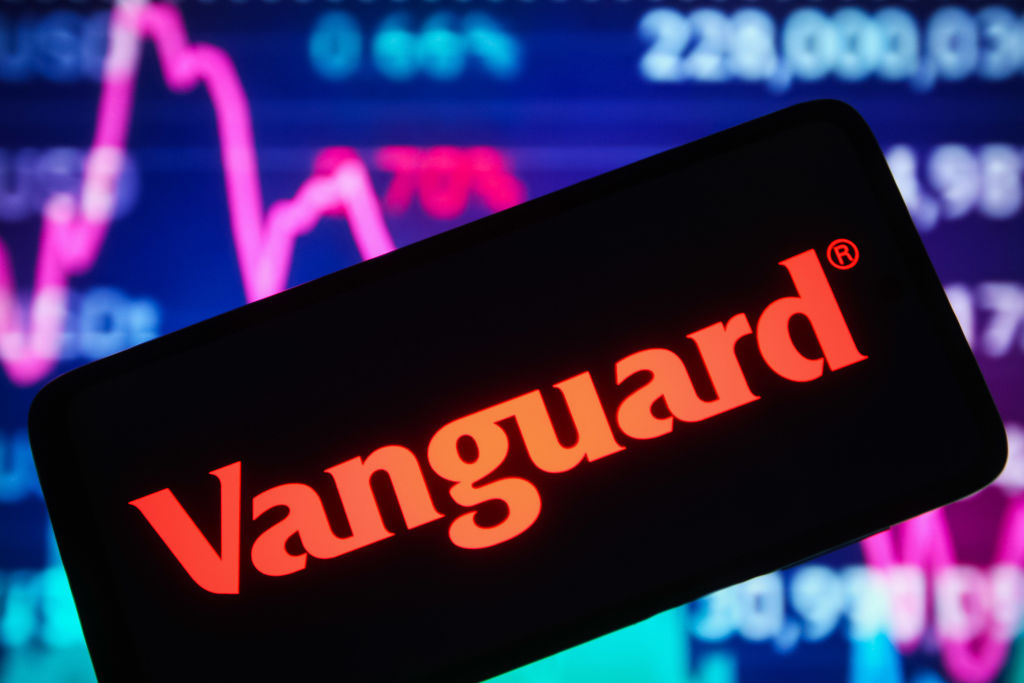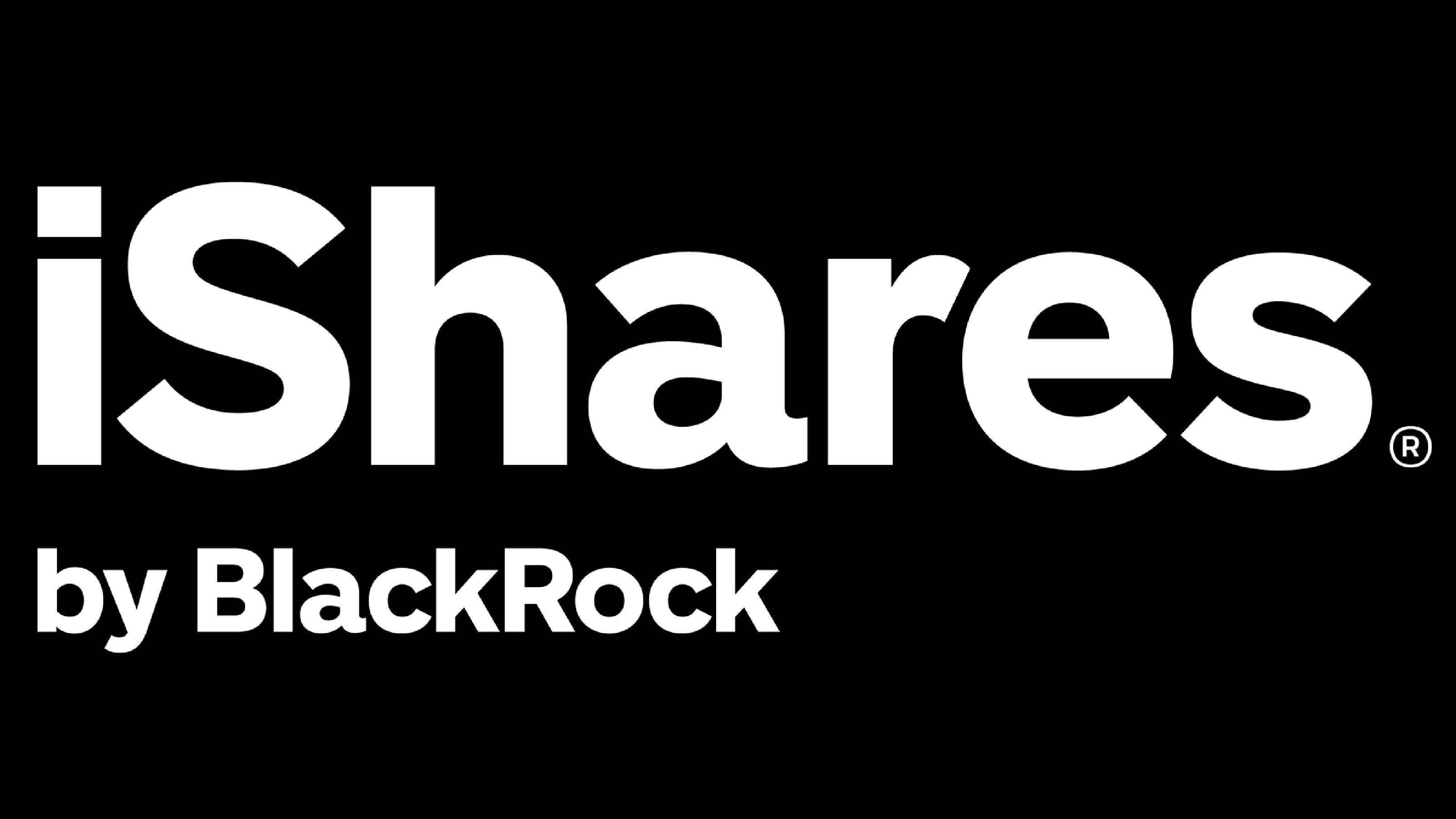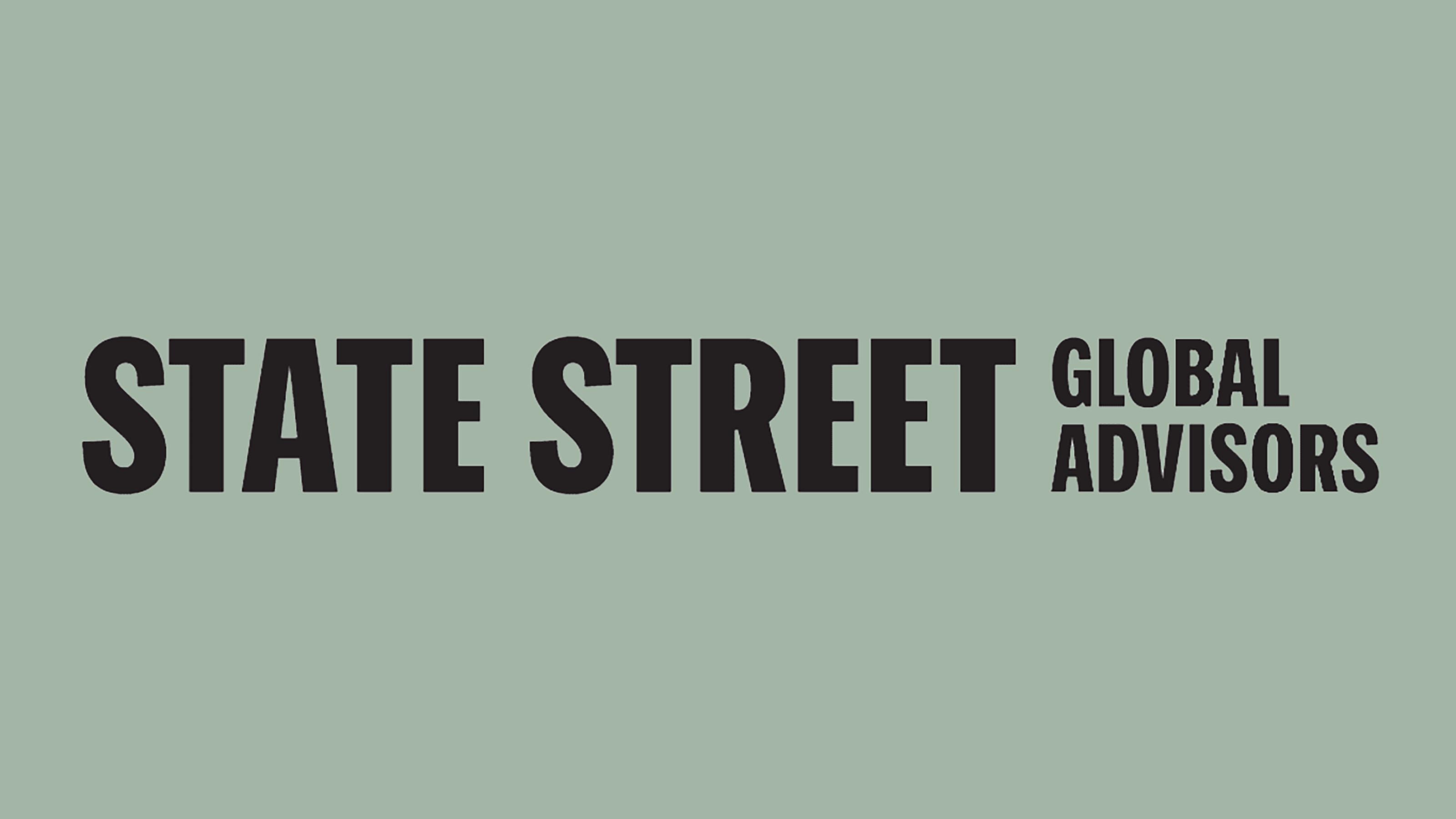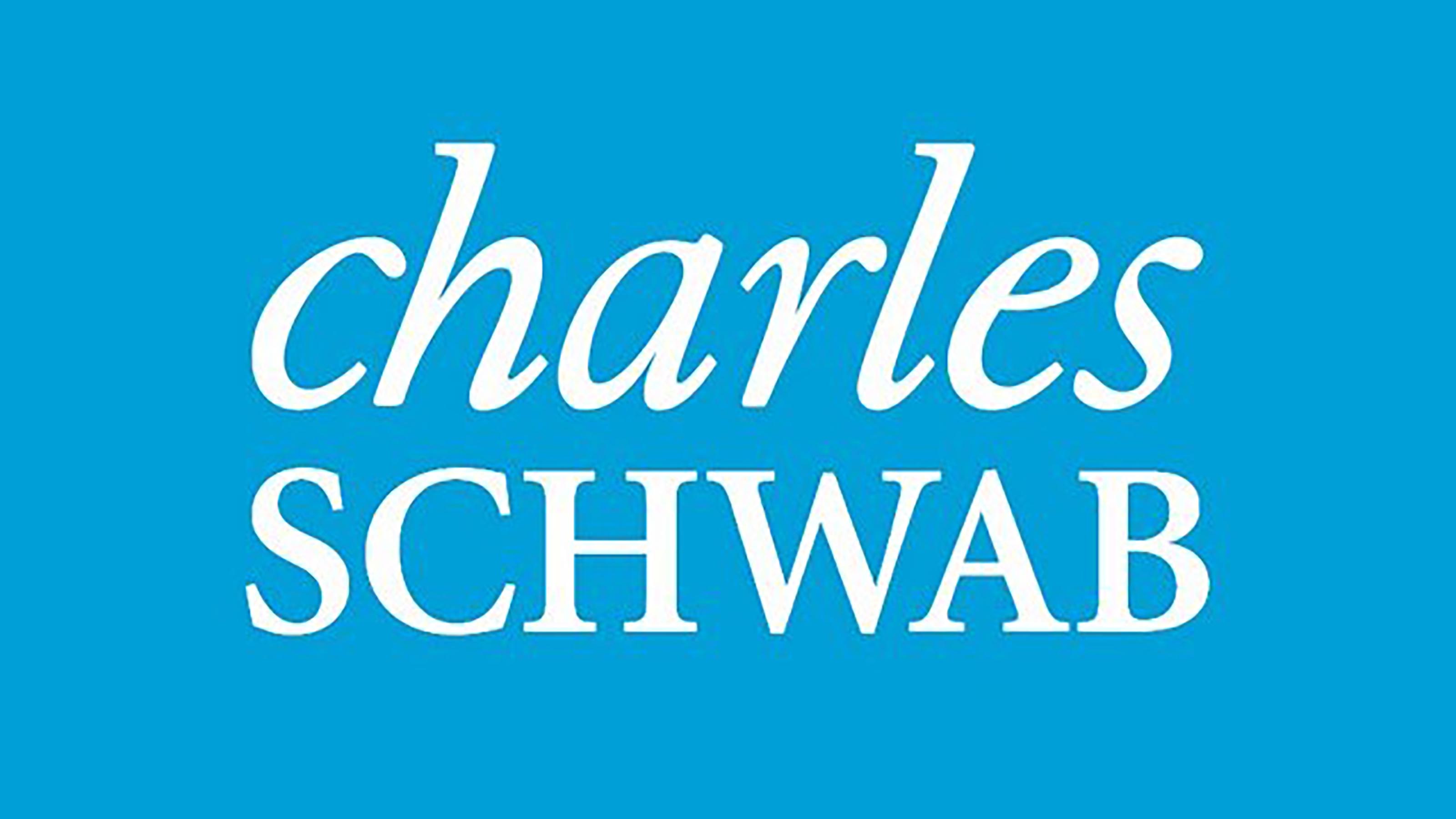The Best Growth ETFs to Buy
The best growth ETFs have historically beaten the market. Prudent investors will be mindful of elevated valuations and sector concentration risk.


Summary: The best growth ETFs to buy are those that hold companies expected to grow faster than peers based on one or more fundamental measures, including earnings per share and return on equity. Growth ETFs tend to have outsize exposure to stocks in the technology, communication services and consumer discretionary sectors. Seek out large-cap growth ETFs with low costs and high liquidity.
In addition to segmenting by size, such as micro- and small-caps as well as mid-, large- and mega-caps, and the 11 sectors defined under the Global Industry Classification Standard (GICS), investors can also distinguish between two styles: value vs growth.
Value investing is associated with legendary investors like Benjamin Graham and Warren Buffett. The approach has deep academic roots thanks to Eugene Fama and Kenneth French, who studied the value factor.
But growth has dominated performance since the 2008-09 Great Financial Crisis. Even broad, core benchmarks like the S&P 500, designed to blend value and growth, lean heavily toward growth today.
Nowhere is this clearer than in the outsized role of technology stocks, representing more than 30% of the index. And then you have top-heavy composition driven by the so-called Magnificent 7 stocks, Alphabet (GOOGL), Amazon.com (AMZN), Apple (AAPL), Meta Platforms (META), Microsoft (MSFT), Nvidia (NVDA) and Tesla (TSLA).
For investors looking to double down on the growth style, options exist outside of broad market indices. Growth exchange-traded funds (ETFs) are one of the simplest ways to capture this factor tilt.
How do growth ETFs work?
Growth ETFs can be rules-based, tracking an index with objective criteria for screening and weighting stocks, or actively managed by analysts using research and models. In either case, the goal is to select companies expected to grow faster than peers based on one or more fundamental measures.
A common screen is historical or forecasted earnings per share (EPS) growth. It's popular because earnings growth often drives long-term stock performance. But it's not foolproof.
Backward-looking EPS may reflect cyclical booms rather than durable growth, while forward-looking EPS depends on analyst forecasts and company guidance that can prove optimistic.
Another frequently used metric is return on equity (ROE), which measures how effectively a company generates profit from shareholders' equity.
ROE is calculated by dividing net income by shareholder equity, and growth-oriented companies often sustain double-digit ROE, signaling strong profitability and efficient capital use.
Valuation also comes into play. Growth investors often look at the price-to-earnings growth (PEG) ratio, which adjusts the traditional P/E ratio by factoring in expected earnings growth.
A PEG around 1.0 is often considered reasonable – suggesting a stock is fairly priced for its growth rate – while much higher ratios may indicate overvaluation.
Growth vs value
The line between growth and momentum investing can blur. Some growth ETFs incorporate technical analysis, targeting stocks trading above moving averages or relative strength indicators.
The idea is that the "trend is your friend" and that investors should "let winners run."
Growth ETFs over the past decade have tended to share several characteristics:
- Heavy concentration of large-cap stocks and mega-cap stocks in the top holdings.
- Overweight to cyclical yet innovative sectors such as technology, consumer discretionary stocks and communication services stocks.
- Lower or nonexistent exposure to dividend-paying stocks and dividend yields, as many growth companies prefer reinvesting cash into expansion rather than paying shareholders.
These hold regardless of which method is used.
How we picked the best growth ETFs
The first step in narrowing down the universe of growth ETFs was deciding what to exclude. Actively managed growth funds were taken off the list. While some can beat their benchmarks in hindsight, the odds are stacked against doing so consistently.
S&P's SPIVA study shows that 96.29% of large-cap growth funds underperformed the S&P 500 Growth Index over a 15-year period. Much of this gap is explained by higher fees, which compound year after year and create a structural drag on performance.
We also limited our picks to large-cap growth ETFs. Academic research and investing experts including Larry Swedroe have described small-cap growth strategies as "a black hole." This is an anomaly, since the size factor typically implies stronger returns.
But small-cap growth stocks often combine the worst traits of both categories: limited profitability, stretched valuations and higher volatility without the historical return premium of small value.
From there, we applied three practical filters:
Fees. We set a maximum expense ratio of 0.20%. Growth funds are a highly competitive category in 2025, so there is little justification for paying higher fees.
Liquidity. We focused on ETFs with 30-day median bid-ask spreads of 0.1% or less. This ensures investors can trade efficiently without losing performance to transaction costs.
Assets under management. Finally, we required at least $1 billion in assets for economy of scale and investor trust.
Here are five of the best growth ETFs to consider for your portfolio.
Data is as of September 24.

Invesco NASDAQ 100 ETF
- Assets under management: $62.88 billion
- Expense ratio: 0.15%
- 30-day median bid-ask spread: 0.01%
- 3-year annualized total return: 24.87%
The Invesco NASDAQ 100 ETF (QQQM) is the smaller, buy-and-hold counterpart to the Invesco QQQ Trust (QQQ).
It trades at a lower price per share and carries a 0.05% lower expense ratio, making it better suited for long-term investors rather than active traders, since it doesn’t offer the same robust options market as QQQ.
Both ETFs track the Nasdaq-100 Index, which consists of the 100 largest non-financial companies listed on the exchange and weights them by market capitalization with minor adjustments.
In practice, that results in a heavy tilt toward technology stocks, though the Nasdaq's history of attracting innovative listings means a notable presence of healthcare names, particularly in biotechnology.

Vanguard Growth ETF
- Assets under management: $186.61 billion
- Expense ratio: 0.04%
- 30-day median bid-ask spread: 0.02%
- 3-year annualized total return: 24.96%
The Vanguard Growth ETF (VUG) holds 190 stocks that make up the CRSP US Large Cap Growth Index. Unlike QQQM, it does not exclude financials, so investors gain exposure to names such as Visa (V) and Mastercard (MA).
The growth tilt is clear in its fundamentals, with an average return on equity of 33.4% and average earnings growth of 31.5%.
Still, valuations run high. On average, portfolio companies trade at 38.7 times earnings and 12 times book value.
The fund also has a pronounced technology bias, with just over 60% of assets in the sector. Nvidia and Microsoft alone account for nearly a quarter of the ETF's total weight.

iShares Russell 1000 Growth ETF
- Assets under management: $121.12 billion
- Expense ratio: 0.18%
- 30-day median bid-ask spread: 0.02%
- 3-year annualized total return: 25.55%
Many older growth mutual funds use the Russell 1000 Growth Index as their benchmark to beat, making iShares Russell 1000 Growth ETF (IWF) a popular "buy the haystack" option for ETF investors.
The portfolio includes 390 companies, offering similar exposures and metrics as VUG but in a slightly more diversified format.
The familiar growth tilts remain. Technology stocks make up 52% of assets, and Nvidia and Microsoft together account for 24% of the ETF's weight. Still, performance has been strong.
IWF carries a five-star Morningstar rating, reflecting how it has historically outperformed most of the 1,031 large-cap growth funds on a risk-adjusted basis.

SPDR Portfolio S&P 500 Growth ETF
- Assets under management: $43.22 billion
- Expense ratio: 0.04%
- 30-day median bid-ask spread: 0.01%
- 3-year annualized total return: 22.35%
The same S&P 500 Growth Index that many active managers struggle to beat can be accessed at minimal cost through the SPDR Portfolio S&P 500 Growth ETF (SPYG).
SPYG elects the growth half of the S&P 500, resulting in 216 holdings best aligned with growth criteria. The fund projects an estimated 3- to 5-year EPS growth rate of 13.8%.
The familiar style tilts are present but less pronounced than in other growth ETFs. Nvidia and Microsoft together account for 20% of assets, while technology makes up 42% of the portfolio.
A modest 0.5% SEC yield also helps make SPYG a relatively tax-efficient option for taxable accounts.

Schwab U.S. Large-Cap Growth ETF
- Assets under management: $50.26 billion
- Expense ratio: 0.04%
- 30-day median bid-ask spread: 0.02%
- 3-year annualized total return: 25.88%
The Schwab U.S. Large-Cap Growth ETF (SCHG) delivers broad growth exposure similar to IWF but at a much lower cost.
SCHG tracks the Dow Jones U.S. Large-Cap Growth Total Stock Market Index, which includes 197 holdings. On average, portfolio companies show a return on equity of 27.81%, reflecting strong profitability.
As with other growth ETFs, familiar tilts remain, though less extreme than in VUG or IWF. Nvidia and Microsoft together account for about 20% of the fund, while technology stocks make up just under half of assets.
Tax efficiency is also decent. Schwab estimates a three-year after-tax return of 21.49% compared with a 25.88% three-year NAV return.
Learn more about SCHG at the Schwab provider site.
Related content
Profit and prosper with the best of Kiplinger's advice on investing, taxes, retirement, personal finance and much more. Delivered daily. Enter your email in the box and click Sign Me Up.
Tony started investing during the 2017 marijuana stock bubble. After incurring some hilarious losses on various poor stock picks, he now adheres to Bogleheads-style passive investing strategies using index ETFs. Tony graduated in 2023 from Columbia University with a Master's degree in risk management. He holds the Certified ETF Advisor (CETF®) designation from The ETF Institute. Tony's work has also appeared in U.S. News & World Report, USA Today, ETF Central, The Motley Fool, TheStreet, and Benzinga. He is the founder of ETF Portfolio Blueprint.
-
 What You Need to Do With Your 401(k) Before 2025 Is Over
What You Need to Do With Your 401(k) Before 2025 Is OverBefore 2025 ends, check your 401(k) contributions, investments, and catch-up eligibility to lock in this year’s tax savings and employer match.
-
 3 Year-End Tax Moves You Can't Afford to Miss
3 Year-End Tax Moves You Can't Afford to MissDon't miss out on this prime time to maximize contributions to your retirement accounts, do Roth conversions and capture investment gains.
-
 A Tax Diversification Strategy for Your Retirement Income
A Tax Diversification Strategy for Your Retirement IncomeSpreading savings across three "tax buckets" — pretax, Roth and taxable — can help give retirees the flexibility to control when and how much taxes they pay.
-
 I'm a Tax Attorney: These Are the Year-End Tax Moves You Can't Afford to Miss
I'm a Tax Attorney: These Are the Year-End Tax Moves You Can't Afford to MissDon't miss out on this prime time to maximize contributions to your retirement accounts, do Roth conversions and capture investment gains.
-
 I'm an Investment Adviser: This Is the Tax Diversification Strategy You Need for Your Retirement Income
I'm an Investment Adviser: This Is the Tax Diversification Strategy You Need for Your Retirement IncomeSpreading savings across three "tax buckets" — pretax, Roth and taxable — can help give retirees the flexibility to control when and how much taxes they pay.
-
 Dow Rises 497 Points on December Rate Cut: Stock Market Today
Dow Rises 497 Points on December Rate Cut: Stock Market TodayThe basic questions for market participants and policymakers remain the same after a widely expected Fed rate cut.
-
 Could an Annuity Be Your Retirement Safety Net? 4 Key Considerations
Could an Annuity Be Your Retirement Safety Net? 4 Key ConsiderationsMore people are considering annuities to achieve tax-deferred growth and guaranteed income, but deciding if they are right for you depends on these key factors.
-
 I'm a Financial Pro: Older Taxpayers Really Won't Want to Miss Out on This Hefty (Temporary) Tax Break
I'm a Financial Pro: Older Taxpayers Really Won't Want to Miss Out on This Hefty (Temporary) Tax BreakIf you're age 65 or older, you can claim a "bonus" tax deduction of up to $6,000 through 2028 that can be stacked on top of other deductions.
-
 JPMorgan's Drop Drags on the Dow: Stock Market Today
JPMorgan's Drop Drags on the Dow: Stock Market TodaySmall-cap stocks outperformed Tuesday on expectations that the Fed will cut interest rates on Wednesday.
-
 Meet the World's Unluckiest — Not to Mention Entitled — Porch Pirate
Meet the World's Unluckiest — Not to Mention Entitled — Porch PirateThis teen swiped a booby-trapped package that showered him with glitter, and then he hurt his wrist while fleeing. This is why no lawyer will represent him.
-
 Smart Business: How Community Engagement Can Help Fuel Growth
Smart Business: How Community Engagement Can Help Fuel GrowthAs a financial professional, you can strengthen your brand while making a difference in your community. See how these pros turned community spirit into growth.

